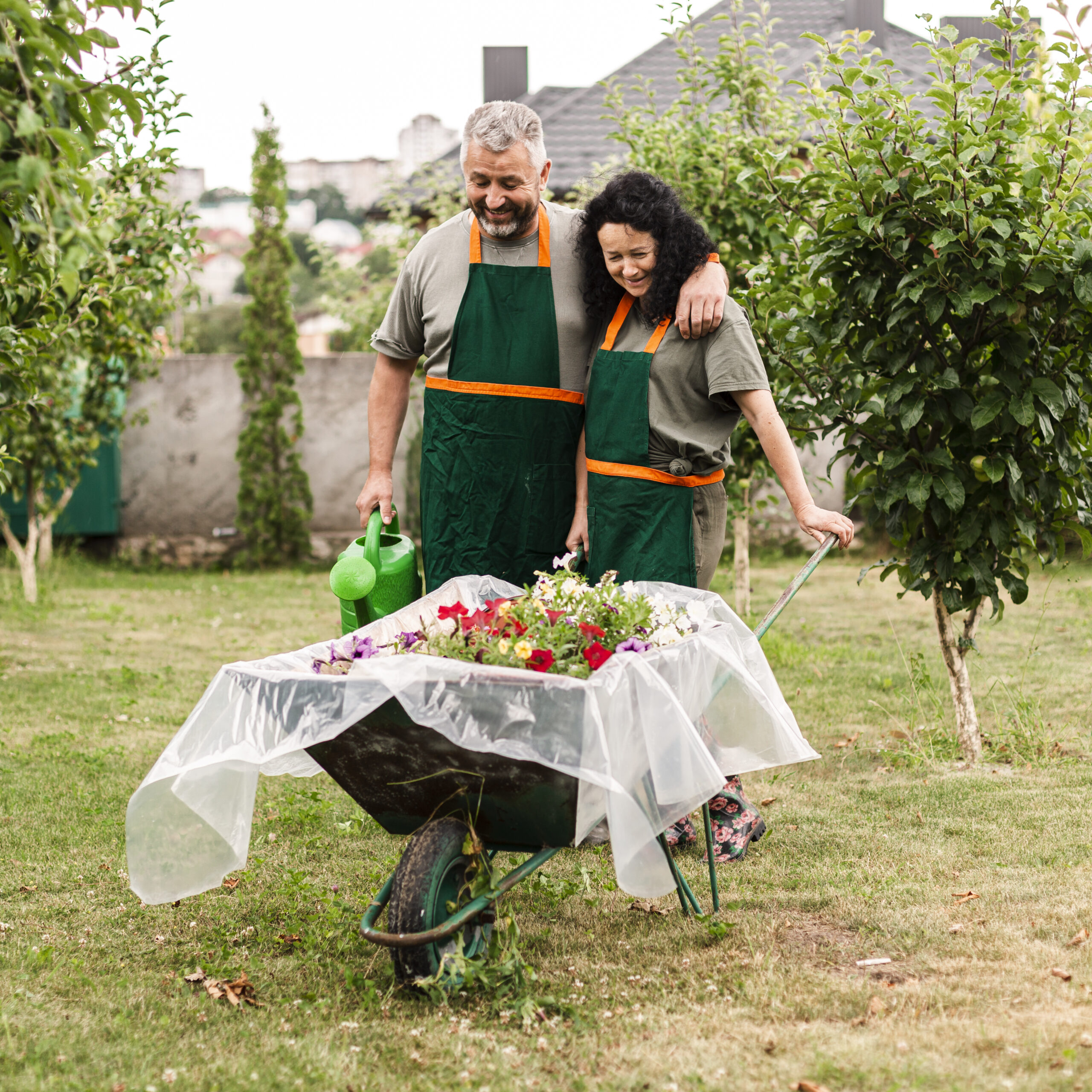
STARTING YOUR BACKYARD FARM:
A STEP-BY-STEP GUIDE
Dreaming of fresh vegetables, ripe fruits, and the satisfaction of growing your own food right in your backyard? You’re not alone! Starting a backyard farm is an exciting and rewarding journey that reconnects you with the land and provides you with nourishing produce straight from your own garden.
In this step-by-step guide, we’ll walk you through the process of starting your backyard farm so you can turn your vision into reality.
Step 1: Assess Your Space
Take a good look at your backyard and evaluate its suitability for farming. Consider factors such as sunlight exposure, soil quality, and available space. Choose a location that receives at least 6-8 hours of sunlight per day and has well-drained soil.
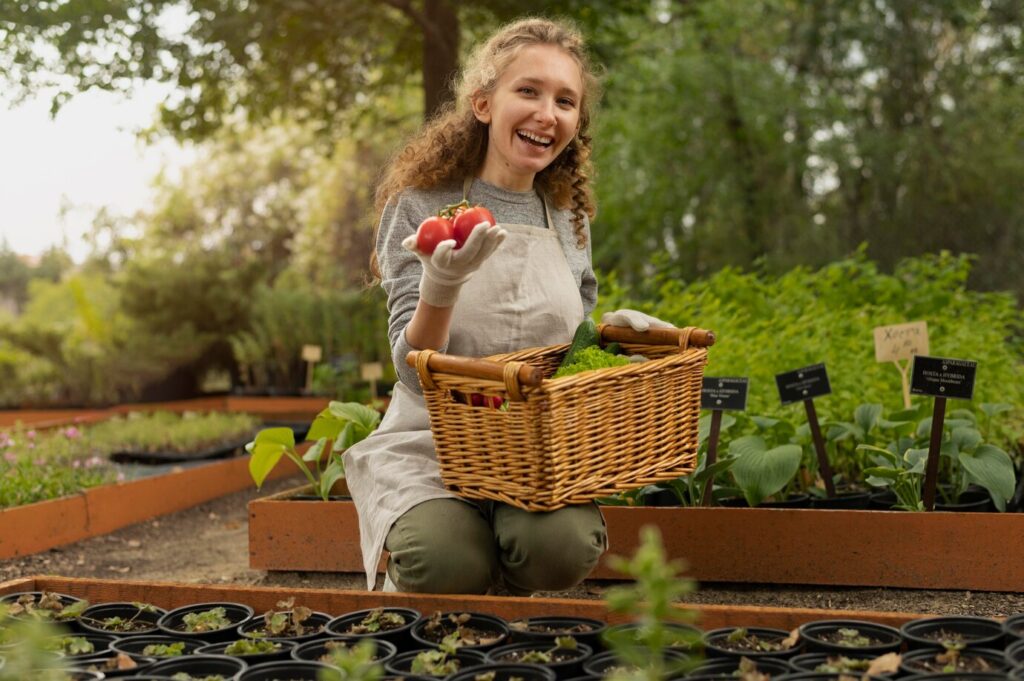
Step 2: Plan Your Layout
Sketch out a layout for your backyard farm, taking into account the size and shape of your space. Divide the area into planting beds or rows, leaving enough space between them for walking and working. Consider factors such as crop rotation, companion planting, and vertical gardening to maximize space and productivity.
Step 3: Prepare the Soil
Prepare the soil in your planting beds by loosening it with a garden fork or tiller and removing any weeds or debris. Amend the soil with organic matter such as compost, aged manure, or peat moss to improve its fertility and texture. Aim for soil that is loose, well-drained, and rich in nutrients.
Step 4: Choose Your Crops
Select the fruits and vegetables you want to grow in your backyard farm based on your climate, growing season, and personal preferences. Choose varieties that are well-suited to your area and consider factors such as space requirements, yield potential, and harvest times. Popular options include tomatoes, peppers, lettuce, cucumbers, zucchini, strawberries, and herbs.
Step 5: Plant Your Garden
Plant your chosen crops according to their specific planting requirements, spacing them according to their mature size and growth habits. Follow seed packet instructions or consult gardening resources for guidance on planting depth, spacing, and timing. Consider starting seeds indoors or purchasing seedlings from a local nursery for a head start on the growing season.

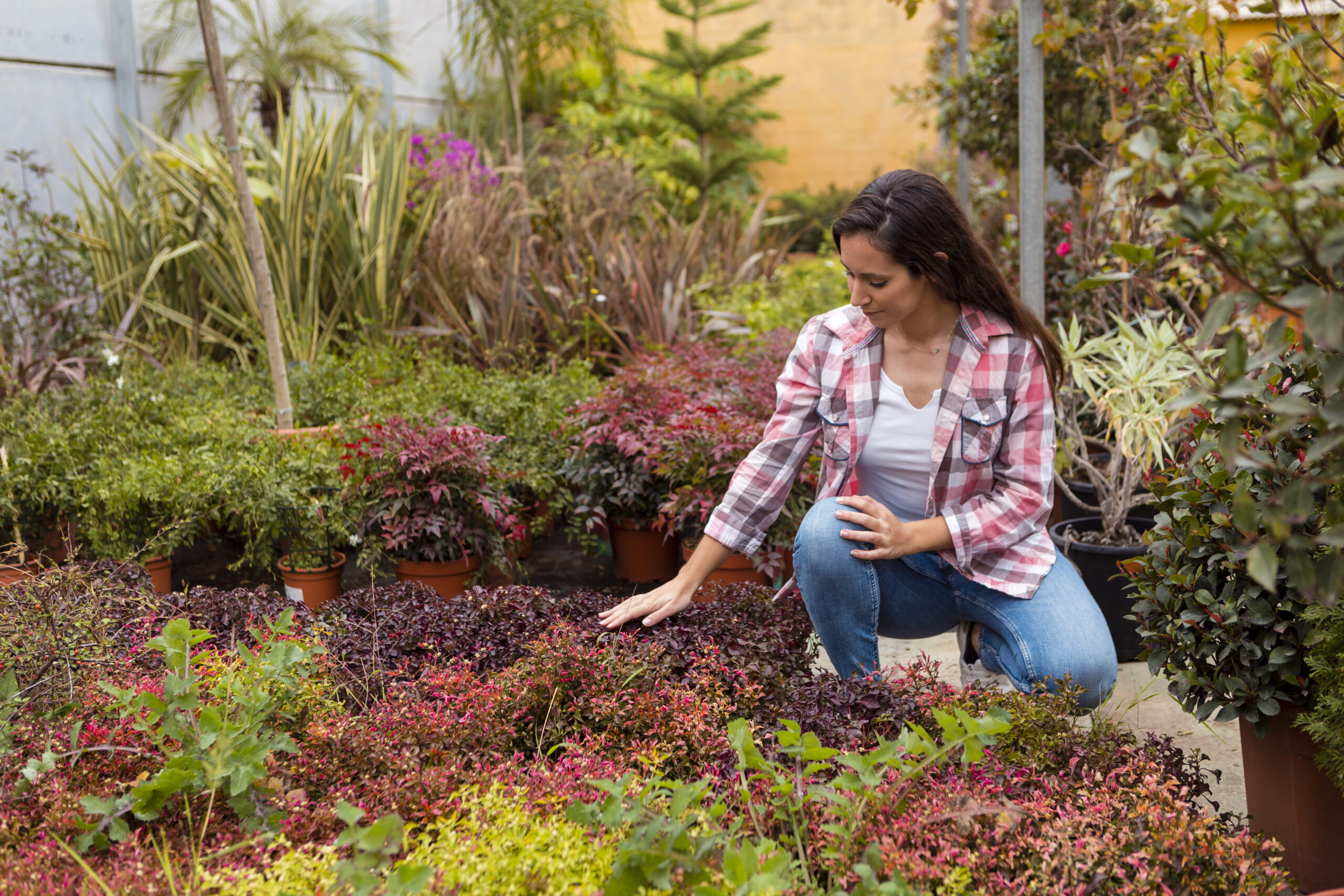
Step 6: Provide Care and Maintenance
Once your garden is planted, provide ongoing care and maintenance to ensure healthy growth and abundant harvests. Water your plants regularly, keeping the soil evenly moist but not waterlogged. Mulch your planting beds to conserve moisture, suppress weeds, and regulate soil temperature. Monitor your garden for signs of pests, diseases, or nutrient deficiencies and take prompt action to address any issues.
Step 7: Harvest and Enjoy
As your plants grow and mature, enjoy the fruits of your labor by harvesting fresh produce straight from your backyard farm. Harvest crops when they are ripe and ready to eat, taking care to handle them gently and avoid damaging the plants. Share your bounty with family, friends, and neighbors, and savor the satisfaction of knowing that you’ve grown your own food with love and care.
Starting your backyard farm is a rewarding and fulfilling endeavor that allows you to connect with nature, nourish your body and soul, and enjoy the fruits of your labor all season long. With these step-by-step instructions, you’ll be well on your way to creating a thriving garden oasis right in your own backyard. Happy farming!


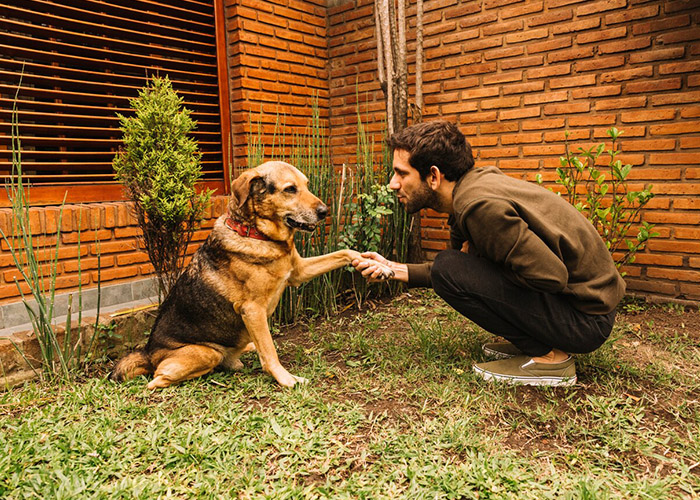




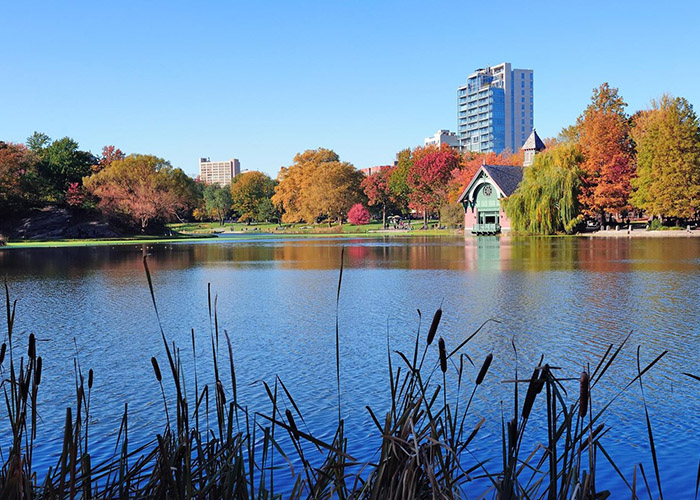


2 Responses